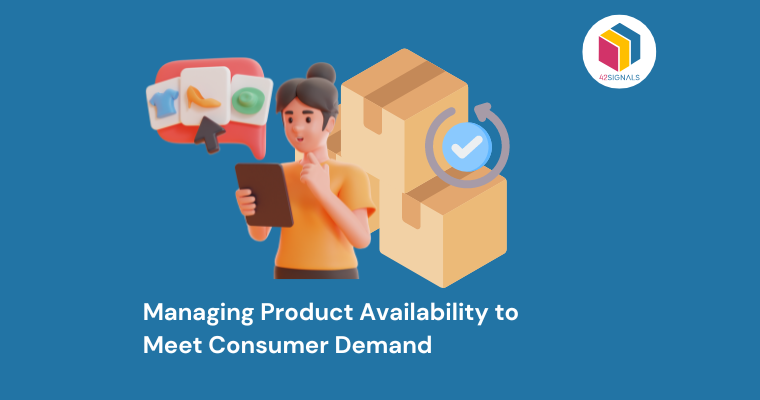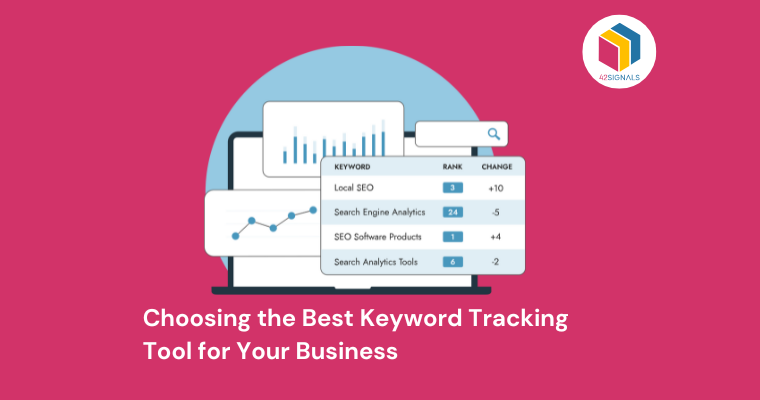You know that feeling? You’re browsing on the internet, an e-commerce website, idly scrolling and find a cute pair of shoes or stumble upon a book that you’ve been dying to read. On impulse, you go ahead and purchase the item, happy that it’s yours.
Ah, the magic of e-commerce. Everything is available at the click of a button in the comfort of our homes.
As we mindlessly scroll through shopping sites and make purchases, do we stop to think about what happens behind the scenes? How does our order conveniently reach our doorstep in 3-4 days? Sometimes in just one.
Let’s look at it now.
So, What is E-Commerce?
To put it simply, shopping online is e-commerce. Buying goods and services in exchange for money through the internet is online shopping.
This change did not happen overnight, it took decades to build up to a point where people have grown accustomed to buying everything online. Stores like Amazon, Alibaba, Flipkart, Etsy, and so many others have made it so easy for us to get whatever we want, whenever we want. But with great power (to shop) comes great responsibility (to the planet).
The Not-So-Green Side of Online Shopping
Drawing from various e-commerce insights, we’ve come to realize that as much as we love the thrill of online shopping, it’s got some environmental baggage:
Image Source: Earth.org
Too Much Packaging: Ever ordered a tiny item and received it in a box big enough to fit your cat? That’s a lot of waste, especially when it’s mostly plastic and cardboard.
Those Delivery Vans: Every time we opt for express delivery, we’re adding to the traffic. More vans, more fuel, more emissions. It’s a carbon footprint nightmare.
The Return Game: Online shopping makes it super easy to return stuff. But every return means more transport, more emissions, and often, more waste.
Power-Hungry Data Centers: Those online shopping sites? They run on massive data centres that eat up a lot of energy. Sure, some are moving to green energy, but there’s still a long way to go.
Can We Make It Better?
Absolutely! E-commerce insights suggest that both consumers and businesses can play a role:
As a Customer –
Think Before You Return: Do you really need to send it back, or can you repurpose or donate it?
Shop Local Online: Yes, it’s a thing. Many local businesses now have online stores. This way, you’re reducing the transport distance.
Educate and Advocate: As consumers, we have the power to demand sustainable practices. Let’s use it.
As a Business –
Sustainable Packaging: Companies can adopt eco-friendly packaging solutions, such as biodegradable or recyclable materials. Reducing the size of packaging or using packaging that can be repurposed can also help minimize waste.
Efficient Logistics: E-commerce businesses can optimize their delivery routes to reduce the number of trips. Offering incentives for bulk purchases or consolidating deliveries can also help reduce carbon emissions.
Encouraging Conscious Consumerism: Educating consumers about the environmental impact of their purchases can lead to more sustainable buying habits. Offering detailed product information, including the environmental footprint, can help consumers make informed decisions.
Green Energy: E-commerce platforms can transition to green energy sources for their data centres. Investing in renewable energy not only reduces the carbon footprint but also sets a positive example for other industries.
Circular Economy Practices: Embracing a circular economy, where products are designed to be reused or recycled, can significantly reduce waste. This includes creating products that are durable and can be easily repaired or repurposed.
Wrapping Up
E-commerce is like that friend who always brings the best snacks to a party but sometimes forgets to recycle. It’s fantastic, but it’s got some quirks we need to address.
By leveraging e-commerce insights and being more aware, we can enjoy the convenience without compromising our planet. After all, there’s no express delivery option for a new Earth.





